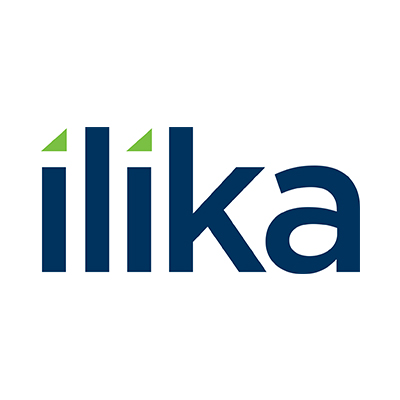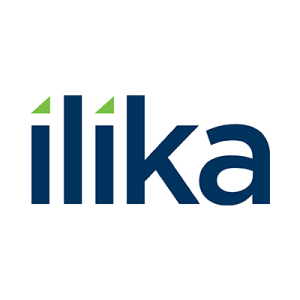Ilika plc (LON:IKA) Chief Executive Officer Graeme Purdy and Chief Financial Officer Jason Stewart caught up with DirectorsTalk for an exclusive interview to discuss first half performance, what’s next for Goliath, how Cirtec fits into future Stereax plans, sector trends, and a breakthrough year for the group.
Q1: Just starting with you Jason, do you think Ilika’s first half performance was aligned with expectations?
A1: Yes, I think we’ve performed very well in line if not slightly ahead, so strong revenue especially if you look back year on year to the position at the half year last year.
Really that’s underpinned on a revenue side by strong pull forward of our grant funding from the HISTORY project that we announced last year, with that being somewhat more front-end loaded than we expected from the 2.8 million pounds that spread over that two-year period. That really has underpinned the start of the good performance with strong revenue.
From an operational side, we’ve done a good performance in terms of managing our cost base and that has really come on the back of our Cirtec tech transfer for the Stereax product. That has allowed us to manage our cost base around some of the more expensive clean room operations that we’ve now transferred over as part of that process.
Finally, with some of our other grant funded activity such as the SiSTEM project where we’re working with Mpac on our assembly line, that’s allowed us to seek grant funding to underpin some of our capital purchases.
Those three items together really come to support that strong cash position that we’ve ended up with at the half year of £13.2 million, so all in all a good performance in line if not slightly ahead of our expectations.
Q2: Just turning to you Graeme, now that you’ve reached lithium-ion energy density parity with your Goliath cells, what is next?
A2: We’ve got two efforts that are running in parallel.
On the one hand we’ve got the productisation, if I can use that word, of the D4 data point which then translates directly onto our P1 prototype, that’s a testing programme to fully characterise the P1 cells. So, we’re making batches of identical cells putting them through a structured testing programme and then releasing them to our customers for evaluation and further testing.
In parallel, we’re also driving forward with our data point roadmap so going through D4 all the way through to D8, eventually at the end of our current HISTORY grant funded programme in Q1 of 2025. That in turn will become the basis for the P2 prototype which is actually our minimum viable product and will form the basis for what the automotive industry calls a-cells.
Q3: Jason mentioned earlier Cirtec, could you explain for us though how your relationship with Cirtec fits into your long-term plans for Stereax?
A3: Cirtec have taken a 10-year technology transfer license to the Stereax products, we have transferred our key equipment set across to the US and that is currently being installed at their Lowell facility in Massachusetts.
That is being then qualified and made ready for production in the course of the next six months, and Cirtec are also actually take the lead in commercialising the Stereax product. In fact, just last week, we were on a stand with them at the NANS show, which is the North American Neurostimulation Show, over in San Diego and they’re really helping drive forward the commercialisation and the commercial demand for the Stereax products.
We expect to work with them to ramp up production and ramp up the commercialisation of the products over the next few years.
Q4: How are the sector trends and regulatory changes supporting your development process, particularly with EVs?
A4: I’m talking again about Goliath cells, there is a lot of regulatory-driven transformation going on in the automotive sector. Clearly in Europe, we’ve got a 2035 deadline after which ICEs – Internal Combustion Engine – driven cars will no longer be available.
So, EVs will dominate the new car market, and clearly the automotive companies are preparing for that and so that regulation is important for driving the pace of transformation.
Q5: Do you think this could be a breakthrough year for Ilika either financially or operationally?
A5: Well, there’s lots to look forward to this year.
First of all, we’ll be building with the Cirtec efforts hand in hand with the Stereax agreement ramp up, as we commission that equipment and ramp up the co-marketing activities that we’ve got there. So, we’re getting ready then to supply customers and meet that commercial demand.
On the Goliath side of the business, as we move through those milestones and share product with customers, we’ll be able to firm up some of those agreements and make them increasingly commercial as the batteries demonstrate their potential.


